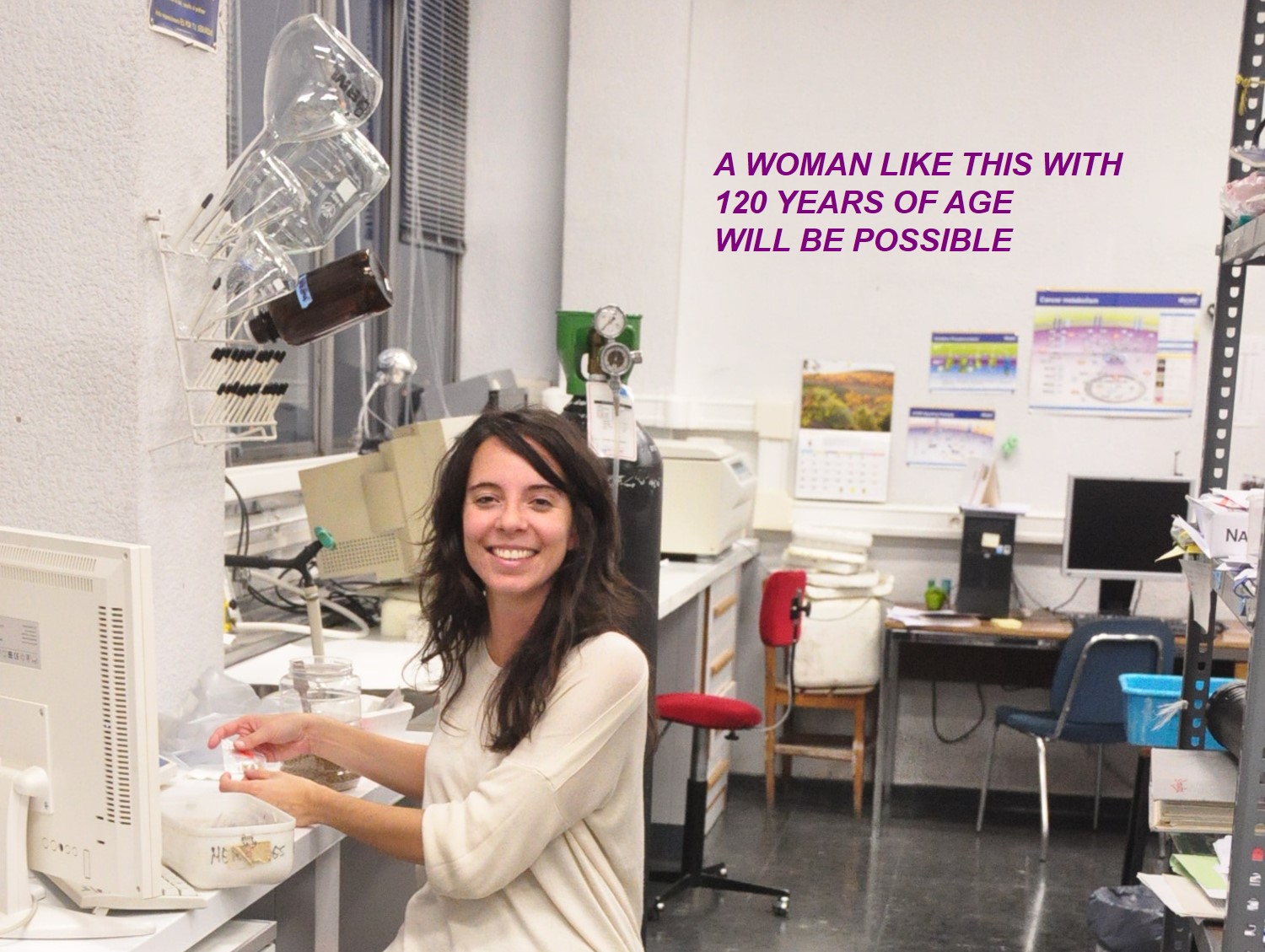Barja, G.
Towards a unified mechanistic theory of aging
Experimental Gerontology, 124, art. no. 110627,
DOI: 10.1016/j.exger.2019.05.016
RESUMEN
A large amount of the longevity-modulating genes discovered during the last two decades are highly conserved during evolution from yeast and invertebrates to mammals. Many different kinds of evidence converge in the concept that life extending manipulations like the dietary restrictions or rapamycin signal the nucleus specifically changing gene expression to increase longevity. The response of the cell aging regulation system is to change the level of activity of many different aging effectors to modulate longevity. Aging effectors include mitROS production, lipid unsaturation, autophagy, mitochondrial DNA repair and possibly others like apoptosis, proteostasis, or telomere shortening, corresponding to different classic theories of aging. The constitutive spontaneous activity of this aging regulating system, likely including epigenetics, can also explain species longevity. The aging regulating system reconciles the previously considered independent theories of aging bringing them together into a single unified theory of aging.
